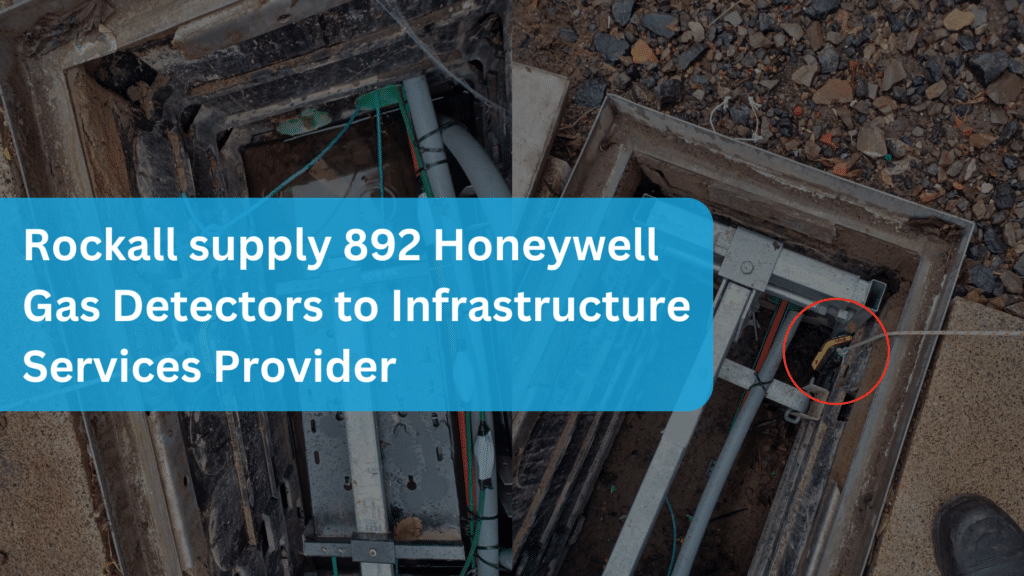Understanding UEL – Upper Explosive Limit
The Upper Explosive Limit (UEL) is the highest concentration of a gas or vapour in air that can ignite when exposed to an ignition source. Above this limit, the mixture becomes too rich in fuel to support combustion.
The Importance of UEL
Knowing the UEL is vital for workplace safety, especially in industries dealing with flammable substances. It aids in risk assessment and explosion prevention by ensuring concentrations remain below this critical threshold.
Practical Applications
In practice, understanding UEL helps design effective safety measures. Proper ventilation, continuous monitoring of gas levels, and employee training are essential strategies to manage risks associated with flammable materials.
Comparison Chart: UEL for Common Flammable Substances
To better understand UEL, here’s a comparison of UEL values for some common flammable substances:
| Substance | Lower Explosive Limit (LEL) | Upper Explosive Limit (UEL) |
| Methane | 5.0% | 15.0% |
| Propane | 2.1% | 9.5% |
| Hydrogen | 4.0% | 75.0% |
| Gasoline | 1.4% | 7.6% |
| Ethanol | 3.3% | 19.0% |
This chart illustrates how UEL varies among different substances. For instance, hydrogen has a remarkably wide explosive range, making it particularly hazardous. On the other hand, gasoline has a narrower range, but its lower LEL means it can form an explosive mixture at relatively low concentrations.
Conclusion
The Upper Explosive Limit is a crucial aspect of chemical safety. By understanding and applying this concept, industries can significantly reduce explosion risks and ensure safer working environments. Always refer to Safety Data Sheets for specific UEL values and implement robust safety protocols to protect against potential hazards. The comparison chart provides a quick reference but remember that these values can be affected by factors such as temperature and pressure.





